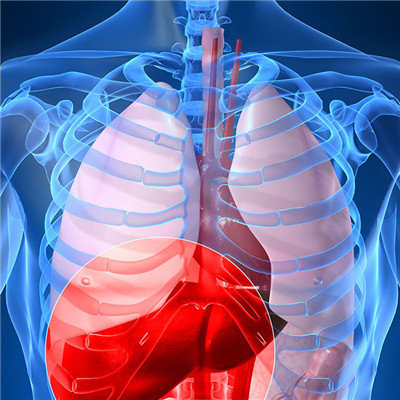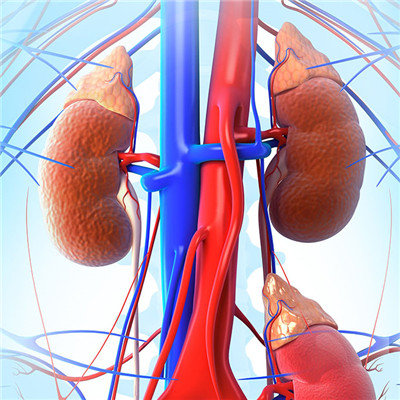What are the symptoms of late cerebral infarction
summary
Cerebral infarction is the general term of ischemic stroke, including cerebral thrombosis, lacunar infarction and cerebral embolism. It is a brain disease caused by the obstruction of cerebral blood supply. Generally speaking, the clinical manifestations and signs include hemiplegia, aphasia and other neurological symptoms. Most of the patients with cerebral infarction in a quiet rest when the onset, often make people off guard, some patients before the onset of numbness, unclear speech, dizziness or fainting, but these precursors are generally not easy to be detected, and the duration is relatively short, often overlooked, can not get timely treatment, delay the condition.
What are the symptoms of late cerebral infarction
After the onset of cerebral infarction, most patients have a clear understanding, and a few have different degrees of cognitive impairment, such as limb hemiplegia or mild hemiplegia, hemiparesthesia, gait instability, limb weakness, urinary incontinence and other symptoms. Severe cases can cause increased intracranial pressure, coma, cerebral hernia.

The late symptoms of cerebral infarction include headache, dizziness, vertigo, nausea and vomiting, motor and sensory aphasia, and even coma. The symptoms of cerebral nerve include gaze from both eyes to the focus side, central facial paralysis and lingual paralysis, etc., and sometimes appear choking cough or dysphagia.

Lacunar infarction is the most common type of cerebral infarction. Its clinical manifestations are subacute onset, dizziness, dizziness, gait instability, limb weakness, and some patients have no location signs. The clinical manifestations of moderate infarction are sudden headache, frequent nausea and vomiting, pseudobulbar paralysis, aphasia and so on.

matters needing attention
Respiratory tract clear, avoid cold, pay attention to keep patients warm, when patients have sputum or secretion in the mouth, to timely suck out or dig out, in order to prevent the occurrence of aspiration or accumulation of pneumonia.












